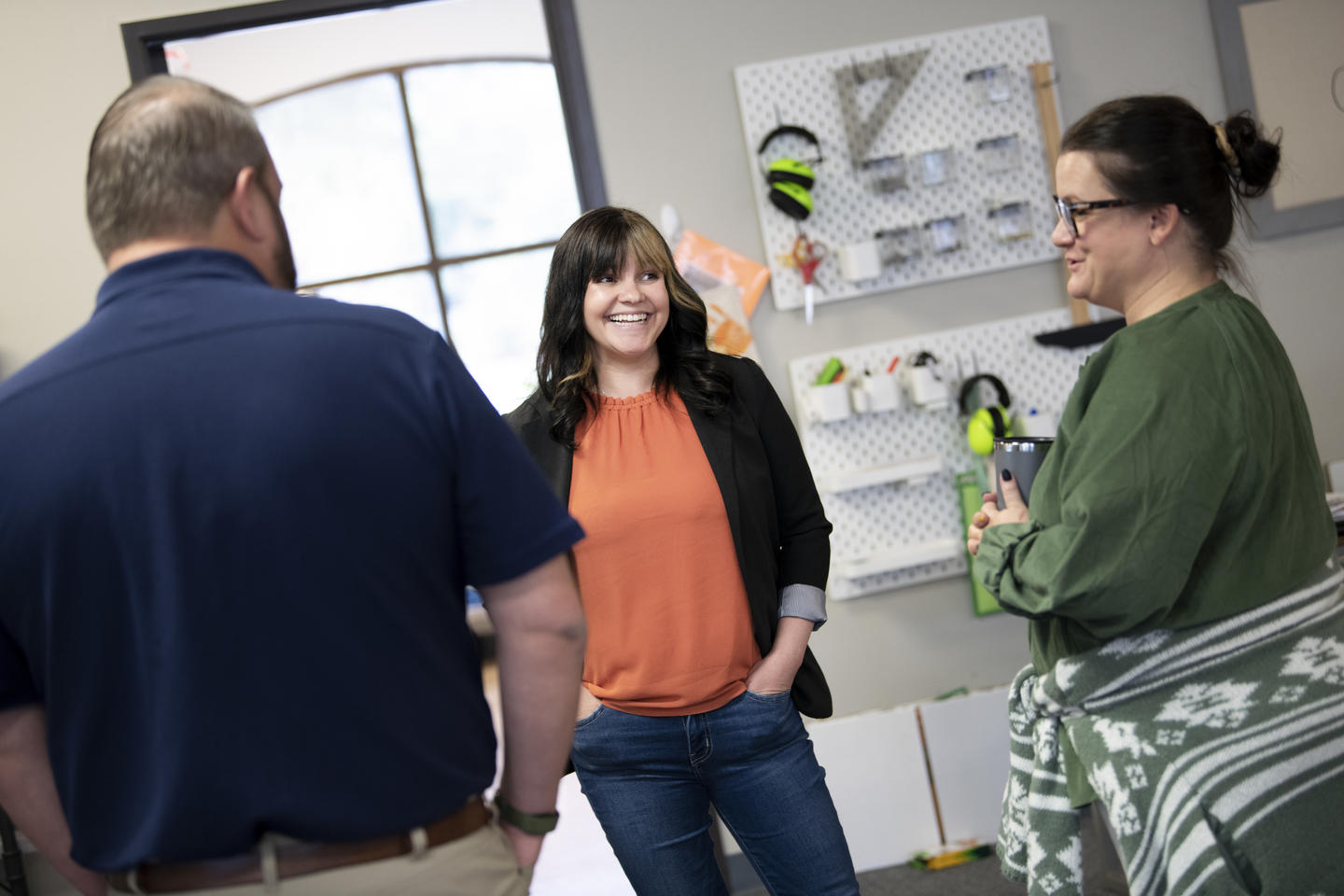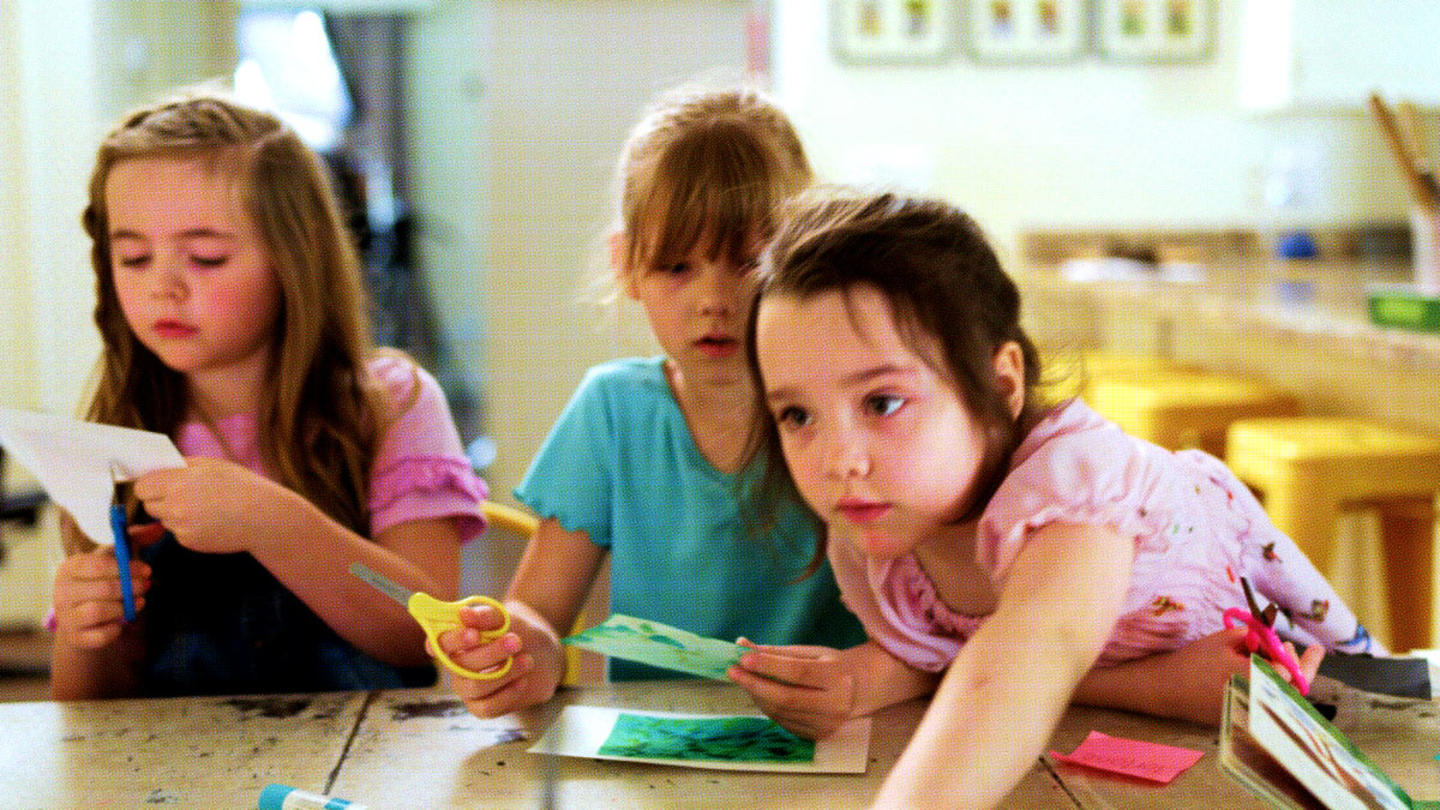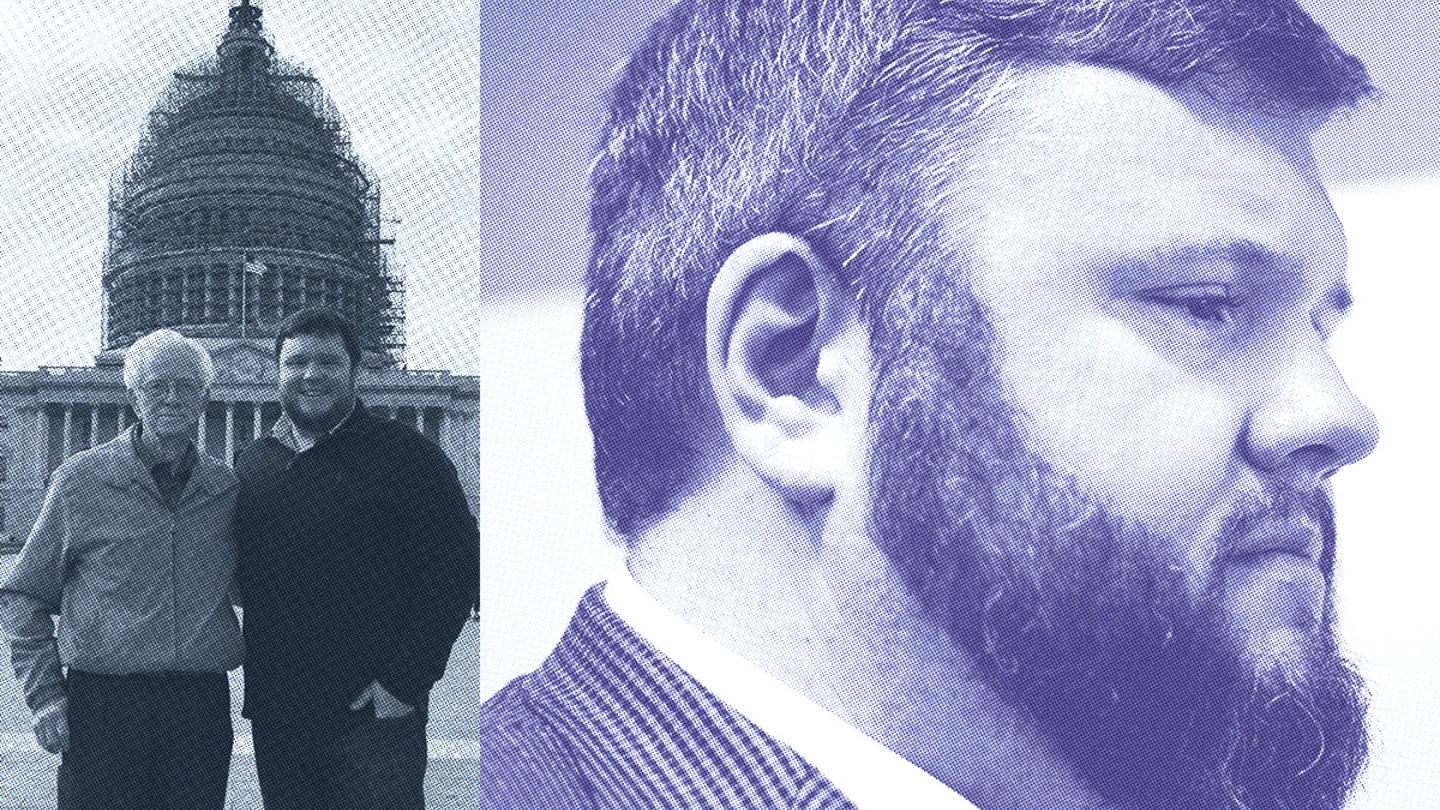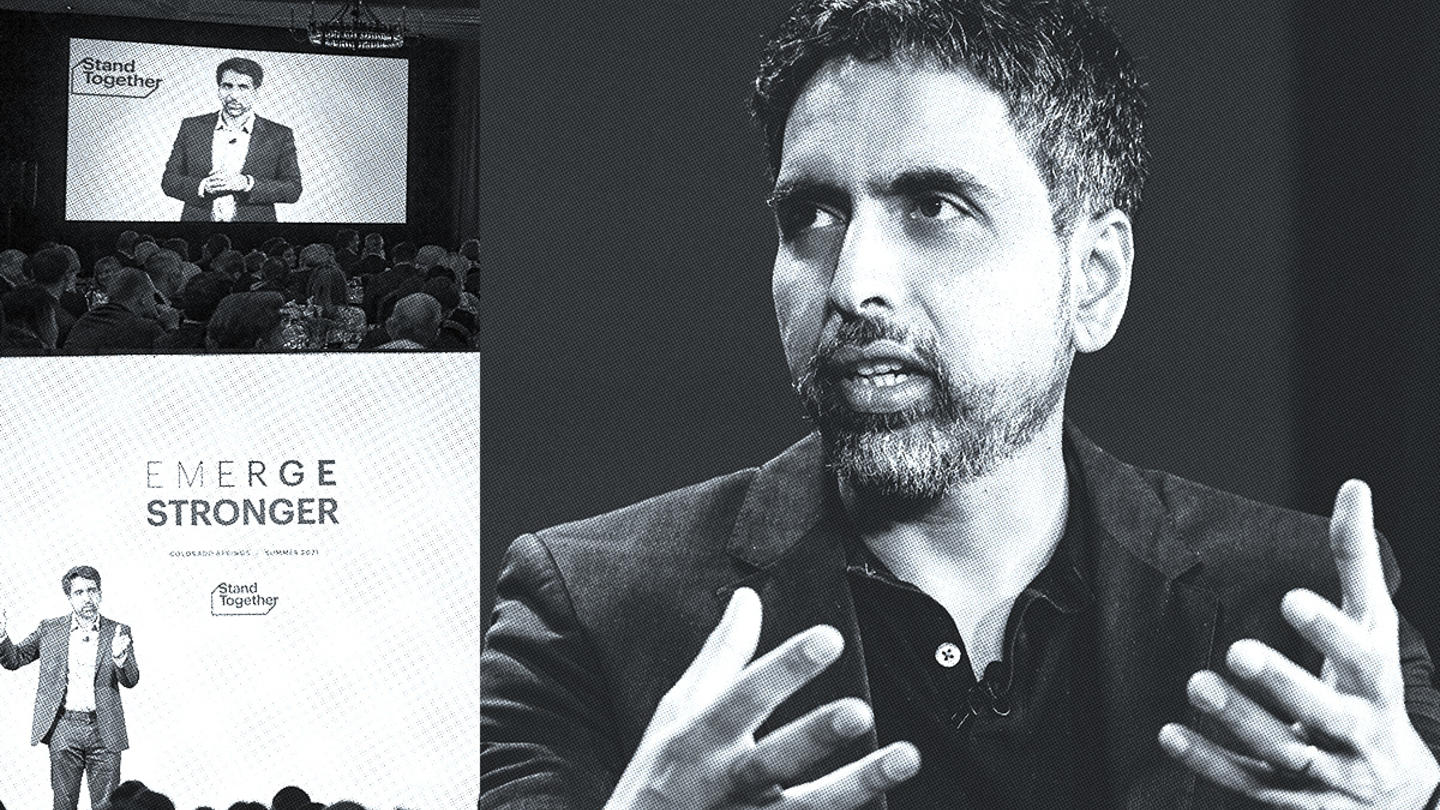Ashley Soifer knew early on that her daughter Layla learned differently than her peers. What she didn't know was that learning differently was causing her daughter to see herself as a failure – to the point that no parent can imagine.
While in public school, Layla struggled with the standardized learning, grading system, and communication styles used. Switching to a charter school helped initially, but during the fourth grade, Layla — who by then had been diagnosed with ADD — found herself again needing a different approaches to learning than the school could provide.
For instance, when given a math fluency worksheet, rather than answer the problem sets, Layla would draw a pattern or picture on the page. She also felt that she couldn't properly converse with her fellow classmates.
Eventually, the stress became so great that Layla began to crack under the pressures of conventional school.
"We were driving home from somewhere out in Vegas," recalls Soifer. "She was in the backseat and I am so grateful that, for whatever reason, the child safety locks were on in my car, because she tried to open the door on the freeway and jump out .. I asked what was going on and her response to me was that it would have been better off if she had never been born."
"That was a huge eye opener to me, that, woah, something has to change."
Soifer herself had worked at a charter school, and her husband Don used to work at a D.C. think tank, as well as on the D.C. Public Charter School Board for 10 years. Don had also been publishing work on microschools for many years, and together, they had created the Southern Nevada Urban Micro Academy for the residents of the City of North Las Vegas.
In looking for more educational options that met Layla's needs, their worlds collided: Perhaps a microschool was the right learning model for their daughter as well.
What is a microschool?
Defining a microschool can be tricky. By nature, they can look very different depending on the unique needs and conditions of the students they serve.
Most of them emphasize unique approaches to education, such as project-based learning, student-directed curriculum, classical education, Montessori, and other educational approaches not typically found in traditional schools. They come in many varieties of size, structure, and educational focus, to offer options to the equally variable talents and interests of students.
However, all microschools have the same mission at their core: to empower children and parents to individualize education and reach their fullest potential.
That focus on individualizing education to every student resonated with Soifer and her husband. They already knew some things about microschools and had begun work setting them up. This work was only compounded during the COVID-19 pandemic when Layla shifted to at-home learning. Soifer saw in real time the impact the new learning methods she was already advocating for could have.
"She was at home and in control of her learning, and I was able to watch how she was learning," Soifer says. When the class became too loud, Layla could simply turn the volume down and keep working happily. If she was frustrated because she couldn't understand something, she could rewatch the lesson recording and re-absorb the information at her own pace. It was as if Soifer was seeing a one-student microschool blossom in her own home.
Soifer and her husband's efforts in North Las Vegas gained more traction as parents across the city saw what Soifer had seen in terms of the power of individualized, targeted educational options. They eventually were helping more than 20 microschool founders, both current and prospective, across the state of Nevada. Calls soon started coming in from educators in West Virginia, Mississippi, Idaho, and other states who wanted to learn how to start a microschool in their own communities as well.
In August of 2022, Soifer and her husband launched the National Microschooling Center to accelerate the transformative shift in teaching and learning that's taken hold in the wake of Covid-19.
How to start a microschool
The National Microschooling Center is not itself a microschool. Instead, it is a service organization that supports educators who are interested in starting a microschool. That includes cultivating a community of microschooling leaders, studying the policy barriers that prevent their growth, and connecting families seeking a new experience where their children thrive.
Soifer's duties can look dramatically different from day to day, depending on who she is working with and what their unique needs are. She broadly describes her work as meeting people from all corners of the country and helping them solve their problems with schooling.
"It's all really individualized," she describes, "It's about what this particular founder in this particular jurisdiction or state needs to help them reach their full potential … it's about interacting with microschool founders or potential founders that are just at the start of their journey saying, 'Hey, this is interesting to me and I think I want to do it, but I definitely need some help.'"
Soifer and her husband help parents and educators alike figure out what their unique goals are, what path they can take to achieve them, and what tools and resources are best suited to help them achieve their full potential — in doing so, mirroring exactly the work microschools accomplish with students once they are up and running.
"It really is about permissionless education," Soifer says. "It really is about these local leaders saying, 'I see a problem in my community, I'm not going to wait for permission to fix it. I'm going to step in and create a solution for these children.' It also allows microschool leaders to be able to tailor education for a child in a way that oftentimes larger school systems cannot."
Although every microschool is unique, the more schools the National Microschooling Center supports, the larger the network of examples there is to draw from. Soifer notes that often one school will act as a partial model for another, with the ability to identify parts of that system that could be useful and replicated to suit another's needs.
"It's about knowing your learners and creating something unique for your community," Soifer says. "That's really going to serve those actual children that you're serving."
Starting a microschool depends on a foundation of community
Microschools emphasize character development alongside academic learning. As a result, they naturally create a close-knit community of educators and families that further encourages personal growth among students.
Microschools' small size allow families and educators to form close bonds and familiarity. This leads to a network of peers and mentors looking out for one another, focused on ensuring not just that students are doing well academically, but socially and emotionally too.
"The school leaders really are like an extension of a family," says Soifer. "It's not just like I drop Layla off at 9 o'clock in the morning and pick her up at 3:00 and the day is done. I'm in constant contact with them … I've got this built in support system. Now not only from (the teachers) who are the facilitators but also the other parents there as well. It's amazing. The way that the community has just really embraced each other and thrives together as a group in ways that I haven't experienced in other educational settings."
Given the broad definition of microschools, there is also no one way to measure success.
"Whether success looks like taking charge of your own learning and being responsible for your academics, or maybe it looks like being able to self-regulate," Soifer says. "Non-academic learning can be just as important as academic learning. I think success looks like discovering what your interests are and being able to pursue them …. Success looks like giving them an opportunity to thrive and reach their own potential."
Success varies tremendously for microschools and their students alike
Looking forward, the National Microschooling Center hopes to expand from coast-to-coast, increasing not only the amount of microschools, but the types and variations that exist.
The ultimate goal for students in microschools isn't necessarily to end up in college — it is for them to become more empowered, emotionally literate, and communicative. This will help them achieve their dreams, whatever they may be.
For Ashley Soifer, this goal is already becoming a reality.
In the middle of the 7th grade, Layla enrolled at Bloom Academy, a microschool Soifer had learned about through the National Microschooling Center and whose philosophy she felt matched Layla's unique needs. The change was immediate and apparent.
Layla is now 14 and as she prepares to enter high school, she is equipped to pursue the best version of herself possible through the confidence and tools she has developed at Bloom Academy.
"It's been exciting for me as a parent to see her shift back from all of this anxiety and depression and frustration," Soifer says. "She's, I don't even want to say back to this super happy kid, right? Because we're at a whole level above that. She's happy but she's also confident. She knows how to advocate for herself. She feels very much in control of her learning. And is able to say, 'This is what I want to focus on now.'"
The National Microschooling Center is supported by Stand Together Trust, which provides funding and strategic capabilities to innovators, scholars, and social entrepreneurs to develop new and better ways to tackle America's biggest problems.
Learn more about Stand Together's K-12 education reform efforts.




